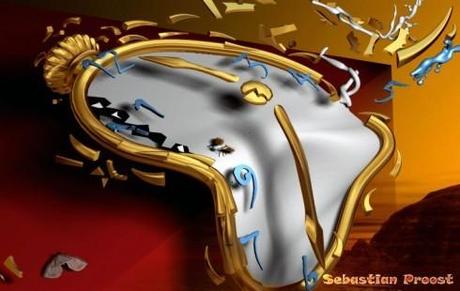I am taking a well deserved Spring Break to take a bit of sun and warm weather in the beautiful Canary Islands. TheMarioBlog will return Monday, March 24
TAKEAWAY: The issue of frequency of publication continues to fascinate me. I am not the only one intrigued by it, however. Although the discussion is NOT always addressed in terms of frequency, that’s what it is all about.

Let’s start with the premise that we are constantly connected.
This, of course, redefines how we consume information. The frequency issue applies to the number of times a day that we consult one of our platforms for information. It is frequency of visits during a 24 hour period. This is very different from how publishers and editors have viewed frequency in the past: daily ,weekly, or even monthly, for most publications.
We have already seen that the young audiences, the so called millenials, are connected as much as 18 hours a day, on and off, seeking not just traditional news, but also user-generated content, especially from their peers.
We are also seeing more start ups getting into the breaking news mobile scene. Yahoo News Digest, NYT Now, Inside, Circa, Breaking News, among others, tap into curated content at specific times of the day.
Not only are these outlets providing a new definition for frequency, but also for how news content flows, and which type of content becomes accessible for audiences who crave the latest.
We will begin to see a two track content strategy for these: the news and the conversation.
It is not just getting breaking news (which remains as important as ever, and for which we rely heavily on the established workhorses, in my case, The New York Times and CNN), but also allowing for the conversation (what is trending and being discussed in social networks), to become an integral part of the material we curate for these mobile devices.
All of it, with this new sense of frequency, where the user seems to be diving time allowed in the three categories of the now, the later and the much later.
We simply have to provide the necessary content for each of those moments.

